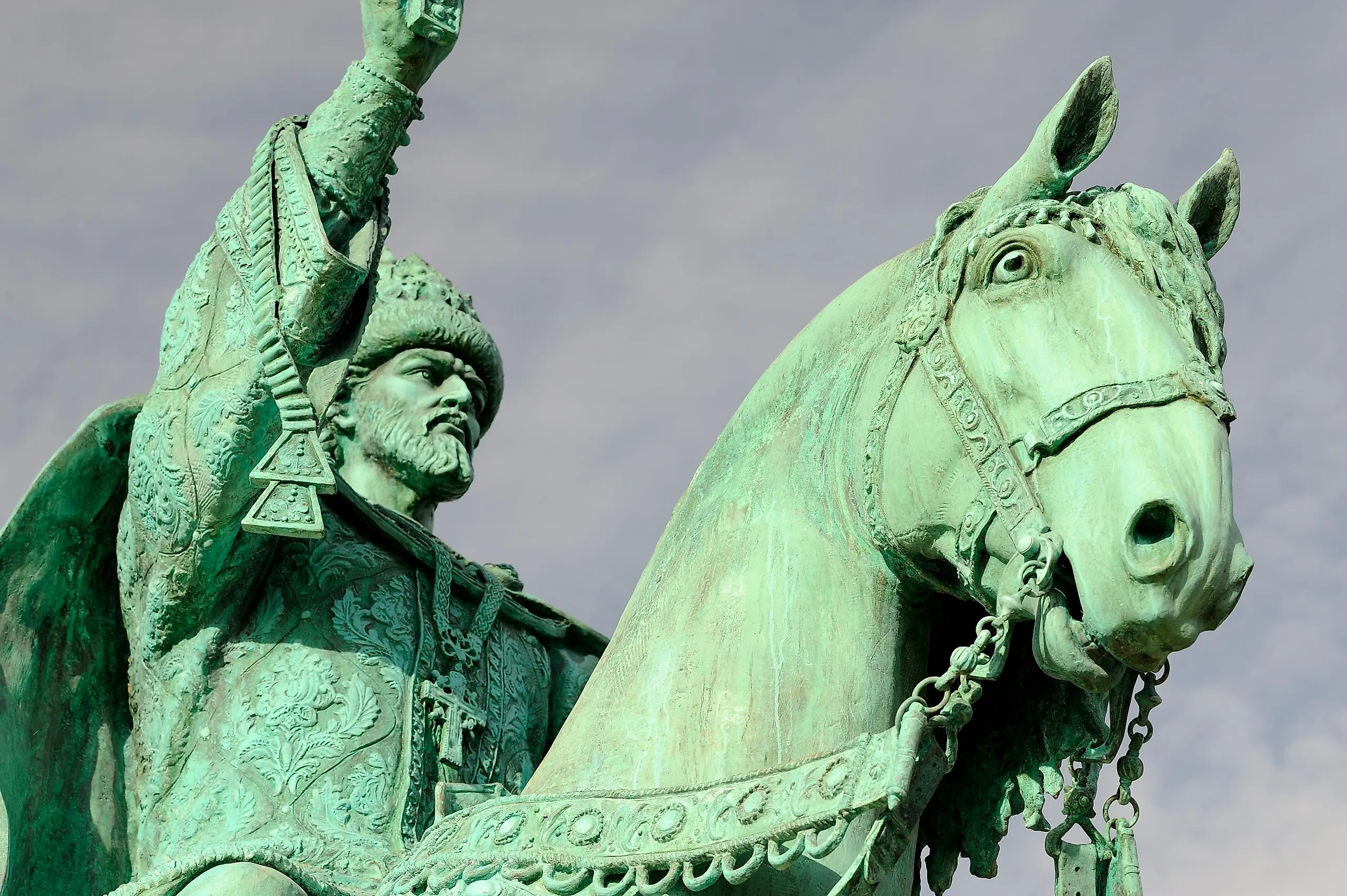
8 Most Brutal Dictators In History
Machiavelli is famously quoted saying: “It is better to be feared than to be loved, if one cannot be both.” This line would almost certainly resonate with history’s most brutal dictators. Around the world, dictators have used cruel methods to gain control of their people, such as war, genocide, famines, and political unrest. While there have been many cruel leaders, there are eight whose brutal acts surpass any others. In this article, we will take a closer look at history's eight most brutal dictators. I’ll let you decide who was the most brutal.
1. Mao Zedong
Reign: 1949-1976
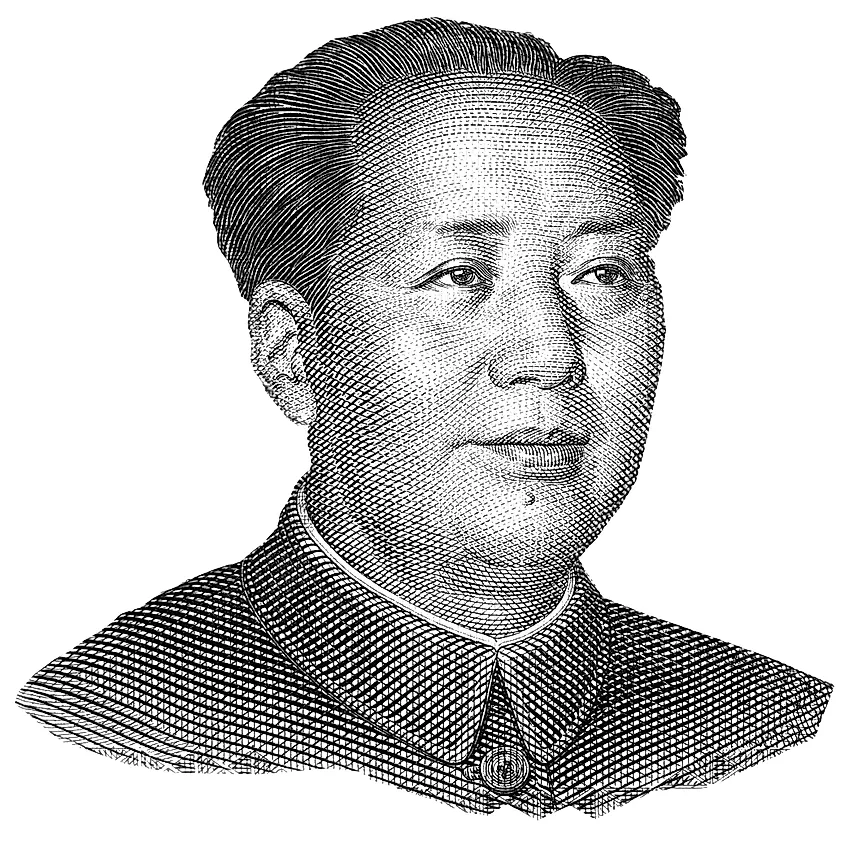
Arguably the greatest mass murderer of the 20th century, Mao Zedong was a Chinese communist revolutionary and founder of the People's Republic of China. Zedong killed an estimated 65 million people in his mission to create socialist China. Any opposition to Zedong was suppressed. Under his reign, 46,000 scholars were buried alive. His failed attempt at industrialization caused one of the world’s biggest famines in China. The exact death count from the famine is unknown, but estimations from demographic reconstruction estimate at least 30 million people died.
2. Attila the Hun
Reign: AD 434-453
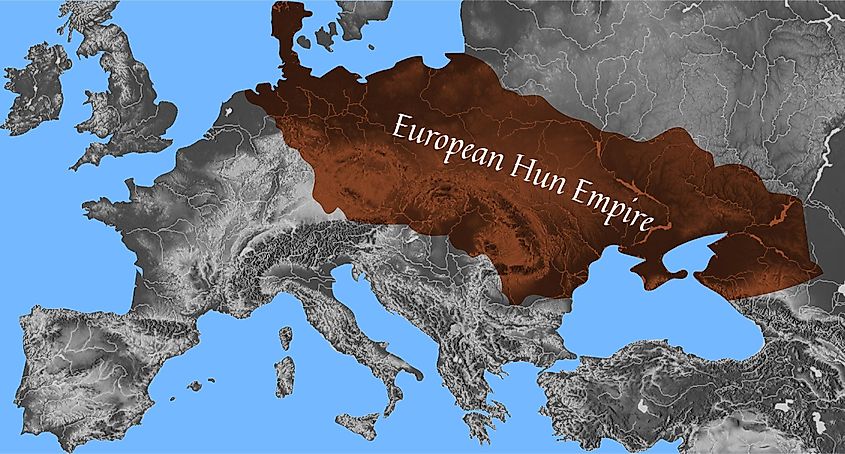
Attila the Hun was one of the fiercest leaders in history. He is said to have killed his brother to become the sole leader of the Hunnic Empire. Attila was King of the Huns, nomadic warriors from the Eurasian Steppes, from 406-453 AD. The Roman Empire nicknamed Attila ‘the Scourge of God." In combat, Attila had a “scorched earth policy,” destroying everything in his path, reducing entire settlements to a smoking pile of rubble. Attila is famously cited boasting that a blade of grass never grew where his horse trod. If that wasn’t bad enough, Attila had a huge Hun army with nearly half a million men. It’s no wonder other European empires feared him.
3. Ivan the Terrible
Reign: 1533-1584

Ivan the Terrible, also known as Ivan IV Vasilyevich, was the first grand prince of Moscow and became the Tsar of Russia in 1547, ruling until his death. One of the events that pushed Ivan to act in ways that earned him his name as "the Terrible" was the death of his wife in 1560. Ivan was convinced his wife had been poisoned by his enemies, and he became paranoid. Anyone perceived to be a political enemy was killed and tortured. Around this time, Ivan founded the secret police known as the “Oprichnina.” They did Ivan’s bidding, murdering priests, ransacking their churches and burning government officials alive.
Ivan took part in murders and massacres of his people. There are stories of him roasting men on spits and tying men, women, and children to sleighs, which were then run into the freezing waters of the Volkhov River. Ivan’s murderous tendencies also extended to his family. After finding out his seventh wife was not a virgin, Ivan drowned her. In a rage, he is also said to have killed his son, Ivan Ivanovich.
4. Timur
Reign: 1370-1405
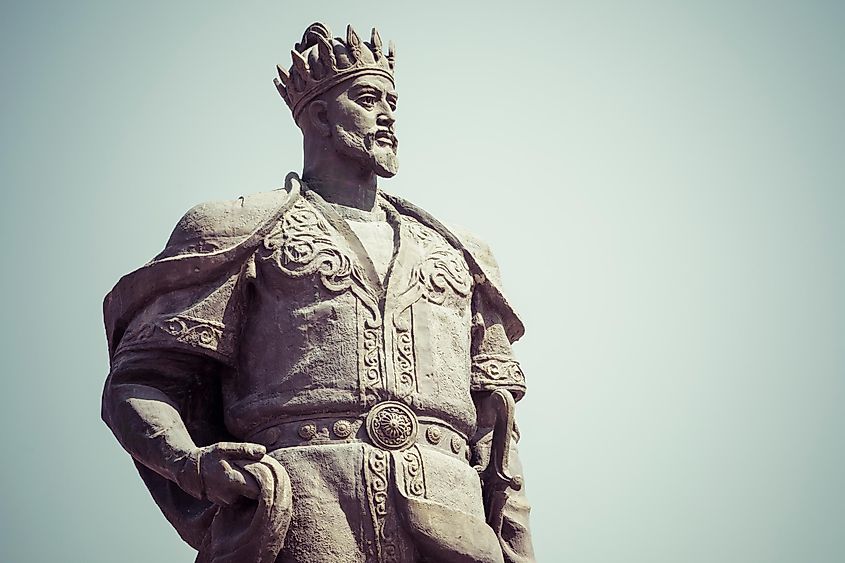
Timur was a Mongol Turkish conqueror, leading military campaigns throughout a large part of western Asia. In his exhibition east, in what is now called Afghanistan, Timur horrifically constructed a tower made of living men. He heaped and cemented together the men with bricks and mortar. In Isfahan, a central city in Iran, Timur punished a revolt with a massacre. The heads of 70,000 people were built up into minarets. If you haven’t heard of Timur before, you won’t forget him now.
5. Vlad the Impaler
Reign: 1448, 1456–62, and 1476–77
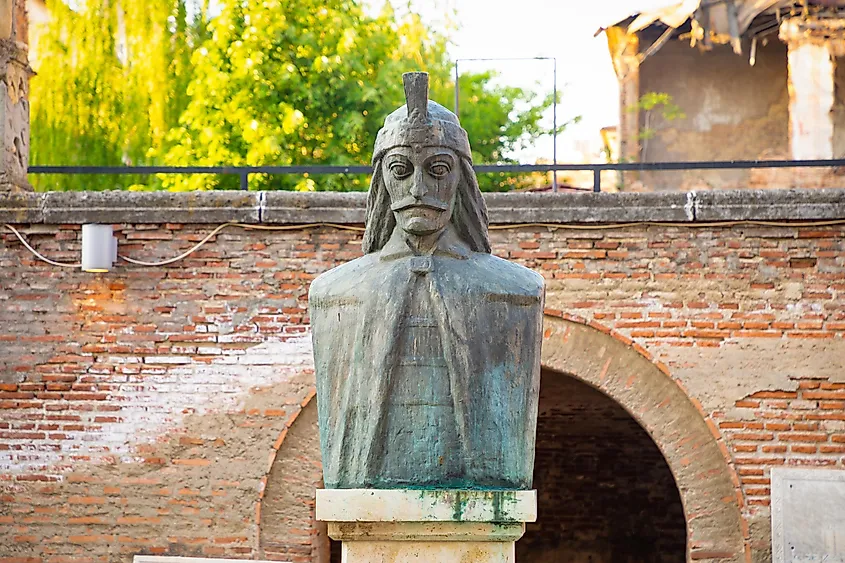
Vlad the Impaler was a warlord in what is known presently as Romania. He was also known as Vlad III, Prince of Wallachia. Vlad sought to destroy the Ottoman Empire. His bloodthirsty acts are said to have inspired Bram Stoker’s Dracula. Vlad earned his nickname from his favorite method of execution, impaling. Impaling involved a wooden or metal pole inserted through the genitals to the victim’s mouth, which was a slow, torturous death. There is a story of Vlad dining amongst a forest of spikes and writhing bodies. He impaled 20,000 Ottomans and often ordered people to be skinned, boiled, decapitated, blinded, strangled, hanged, burned, roasted, hacked, nailed, buried alive, and stabbed.
6. Idi Amin
Reign: 1971-1979
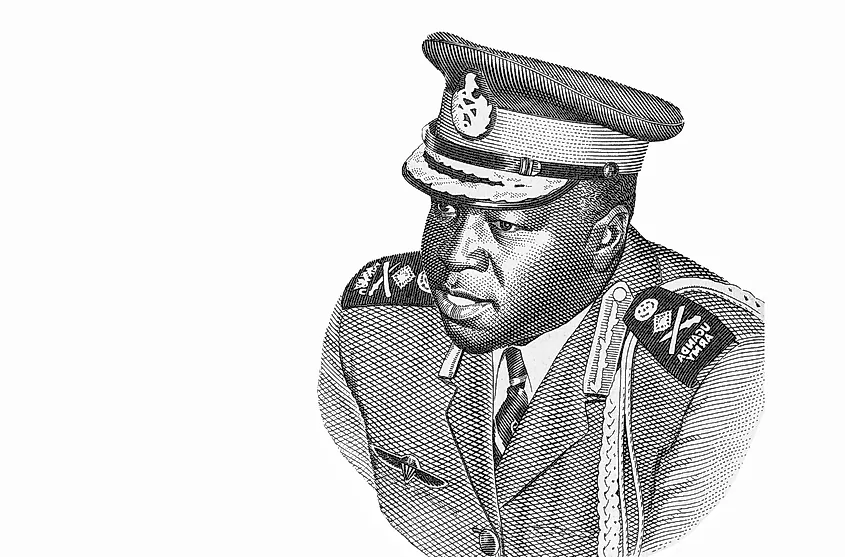
Idi Amin was popularly known as "The Butcher of Uganda." Amin overthrew an elected government in Uganda with a military coup, using lessons from the British colonial army. He declared himself president and ruled ruthlessly from 1971-1979. Once in power, Amin started mass executions of the Acholi and Lango tribes. In 1972 Amin forced 80,000 Asians to leave the country, which caused the economic collapse of the country since many were business owners. It’s estimated that through his rule, Amin killed at least 300,000 civilians.
7. Adolf Hitler
Reign: 1933-1945
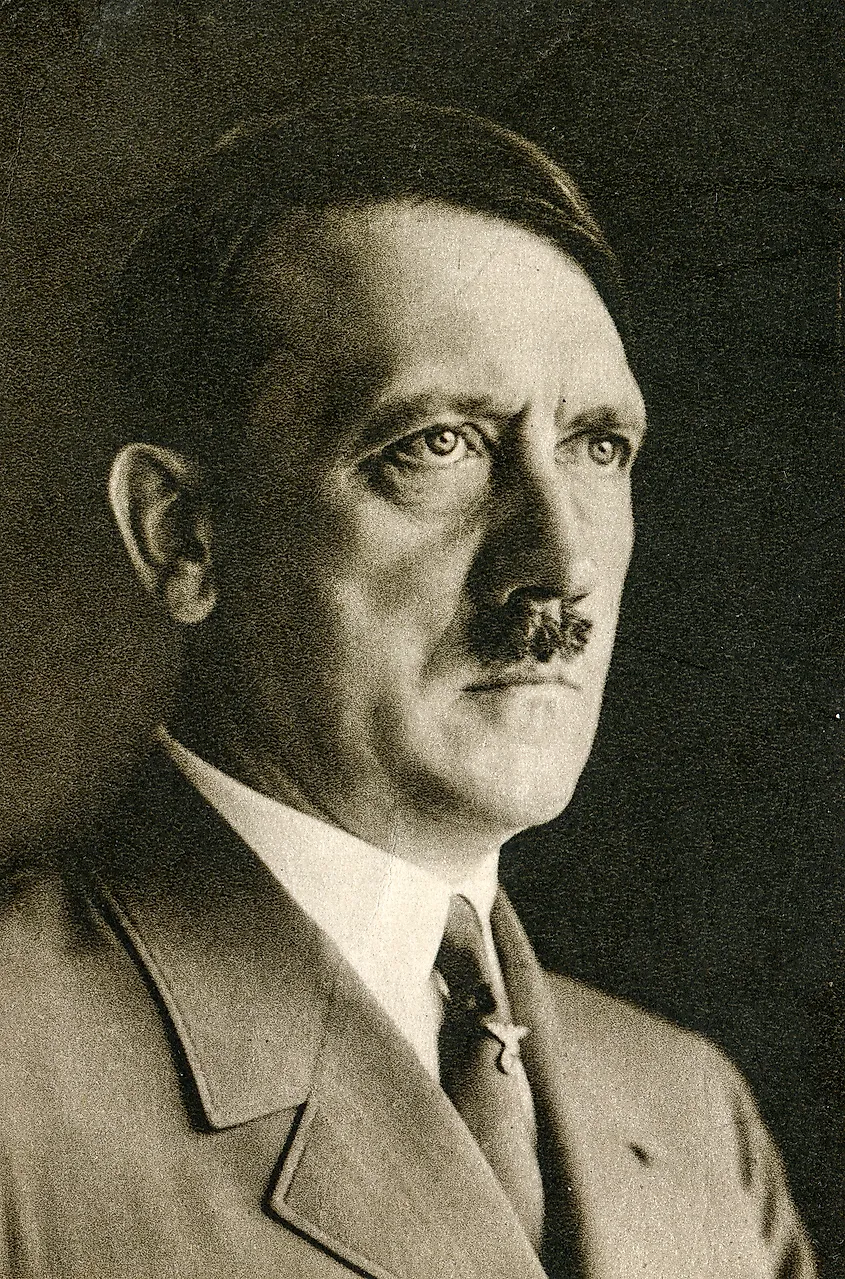
Probably the world’s most well-known dictator, Adolf Hitler is famously known for initiating the World War Two. He was the leader of the National Socialist German Workers Party, more commonly known as the Nazis. The party was founded on racist antisemitism, expansionist nationalism, and anti-immigrant hostility. When Hitler rose to power in 1933, so did his concentration camps. His original target population was political opponents, Romani, Jehovah’s Witnesses, and homosexuals. However, after 1938, Hitler targeted Jewish people.
Jewish people faced horrible treatment in Germany; their houses were burned down, they were attacked by German mobs, and marriages between Germans and Jews were banned. The Holocaust, which took place between 1941 and 1945, was Hitler’s most appalling act. He created Jewish extermination encampments, killing more than six million Jews. Another five million people perished alongside them in concentration camps.
8. Joseph Stalin
Reign: 1922-1953

Joseph Stalin was a Soviet political leader who led the Soviet Union from 1924 until he died in 1953. Stalin’s attempt at rapid industrialization and imposed collectivism lead to mass starvation and what is known today as the Great Famine. An estimated 14.5 million people died of starvation from 1932-33. Ukraine and Kazakhstan communities were particularly hit hard.
Stalin also led the Great Purge in 1937 to eliminate dissents and threats to the communist party. Although the exact number is unknown, 750,000 people were executed during the Great Purge, and more than one million survivors were sent to forced labor camps known as the Gulag. It’s estimated no less than 1.5 million people died in the Gulag between 1930 and 1956.
Conclusion
In history, we have seen the rise and fall of many dictators who have inflicted horrifying acts on their people. Learning about brutal dictators of the past is essential not only for improving your historical knowledge but for moving forward. Only through the past can we fully appreciate the true value of democracy and the importance of human rights and personal freedoms.











